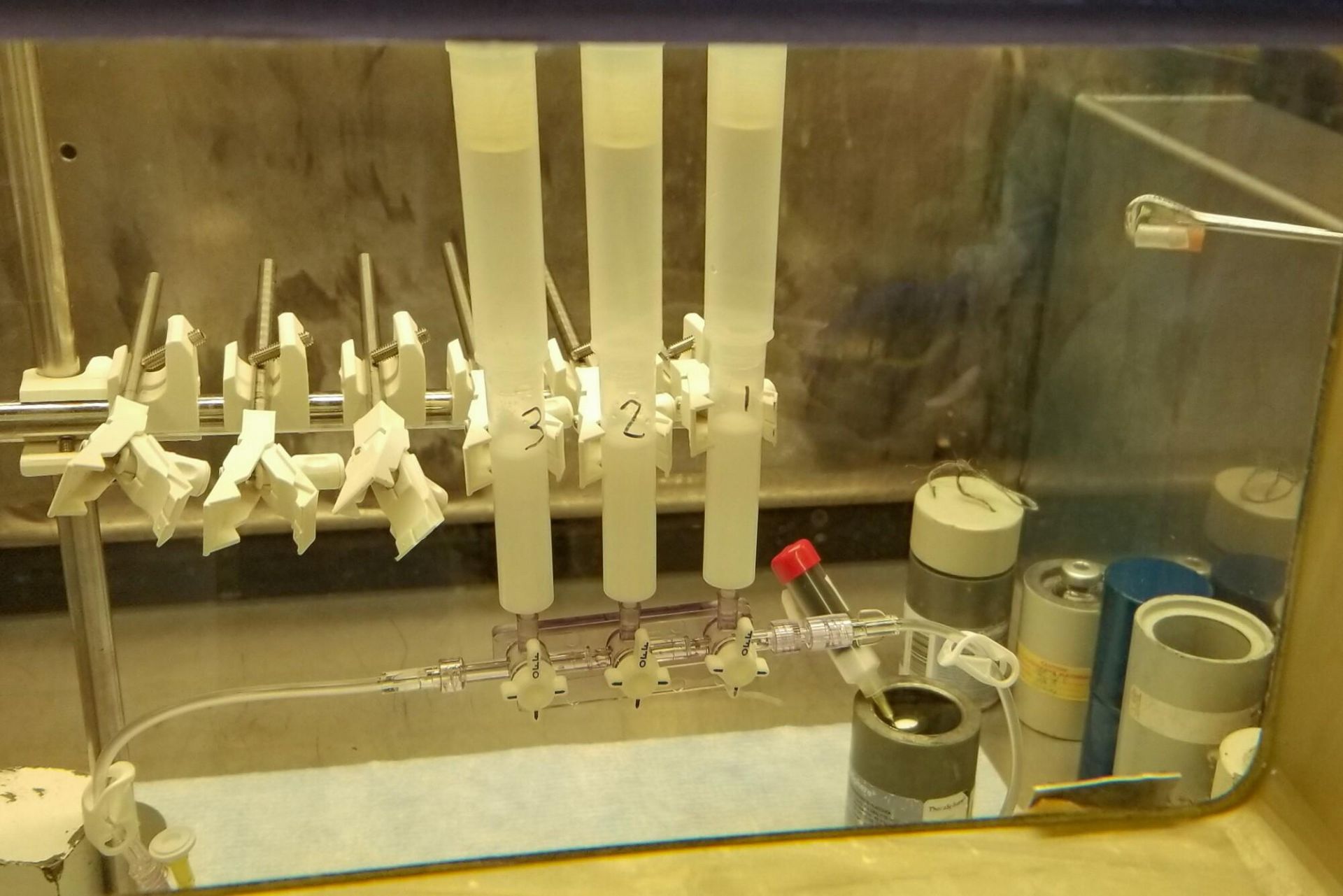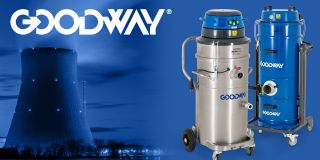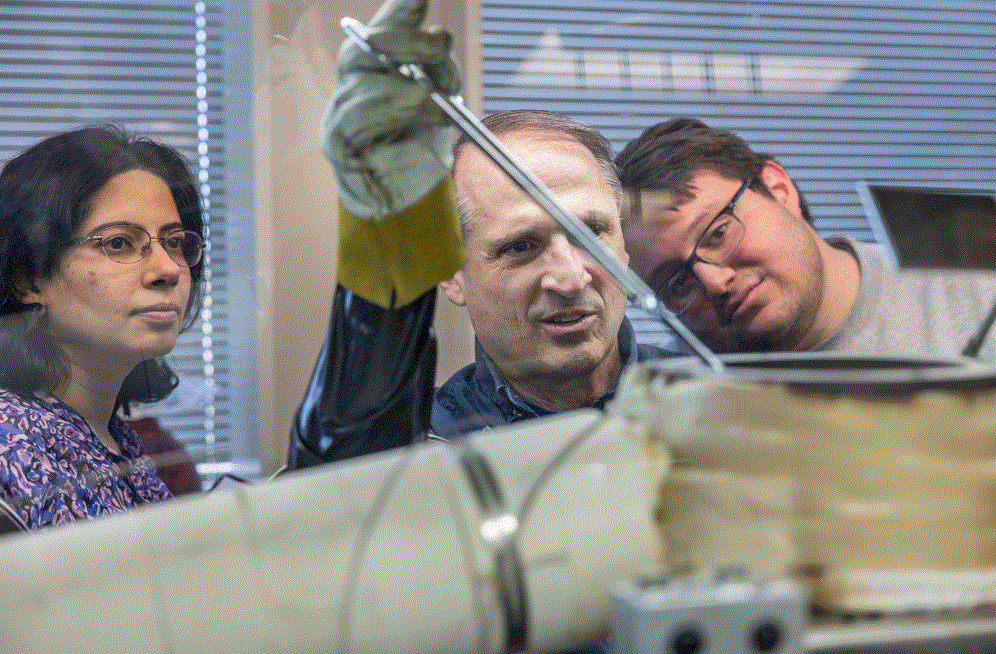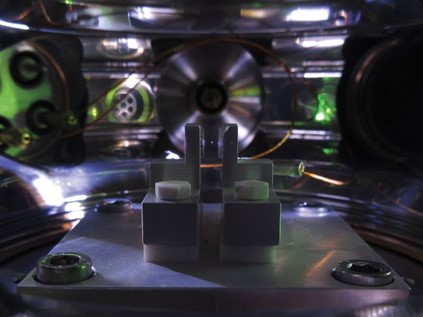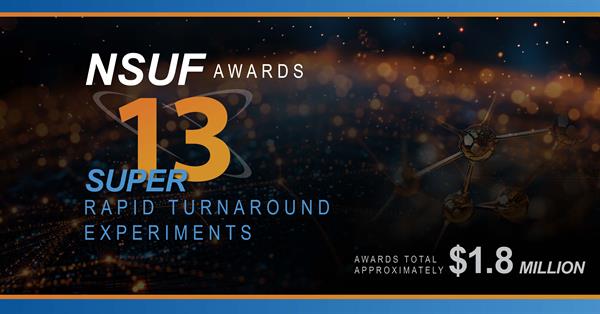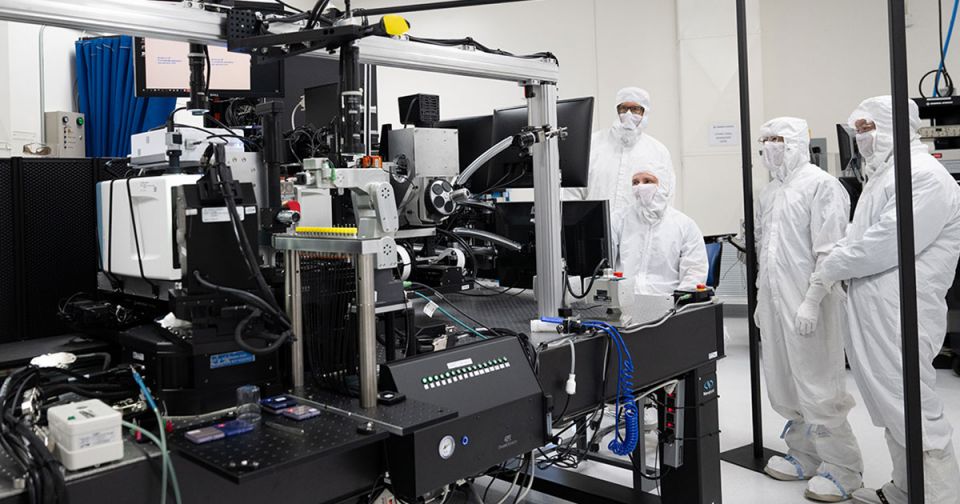At-211 undergoes purification and a series of quality checks. (Photo: Don Hamlin/University of Washington)
The Department of Energy’s National Isotope Development Center (NIDC) on March 31 announced the successful long-distance shipment in the United States of a biologically active compound labeled with the medical radioisotope astatine-211 (At-211). Because previous shipments have included only the “bare” isotope, the NIDC has described the development as “unleashing medical innovation.”
Demonstration: The NIDC credits the DOE’s Isotope Program (DOE IP) with enabling long-distance transportation of “wet-chemistry-isolated” At-211 attached (or “labeled”) to a biologically active compound. The isotope was obtained from a DOE IP university partner: the University of Washington, which operates the UW Medical Cyclotron Facility and carries out research at the Fred Hutchinson Cancer Research Center.
Importantly, when the “labeled” product arrived at its destination, analysis showed “no signs of damage due to a process known as radiolysis.”
At-211 is an alpha-emitting treatment option—sometimes called a targeted alpha therapy, or TAT—used in clinical trials for blood cancers. It is also being explored in early-stage R&D in Alzheimer’s disease. Despite its promise, At-211 availability is limited due in part to its short half-life of about 7.2 hours, which makes efficient production, labeling, and transportation important.
